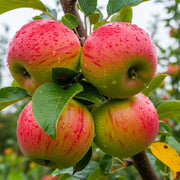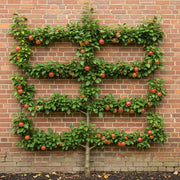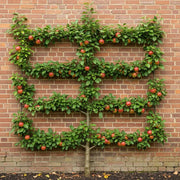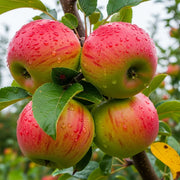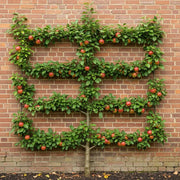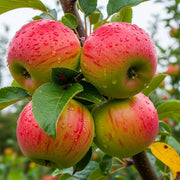Discover our exquisite collection of espalier trees, the ideal solution for adding both beauty and productivity to smaller gardens. These expertly trained, space-saving trees are perfect for growing flat against walls or fences, often producing a bountiful harvest of delicious...
Discover our exquisite collection of espalier trees, the ideal solution for adding both beauty and productivity to smaller gardens. These expertly trained, space-saving trees are perfect for growing flat against walls or fences, often producing a bountiful harvest of delicious fruit. Explore our carefully selected range and find the perfect decorative feature for your outdoor space.






